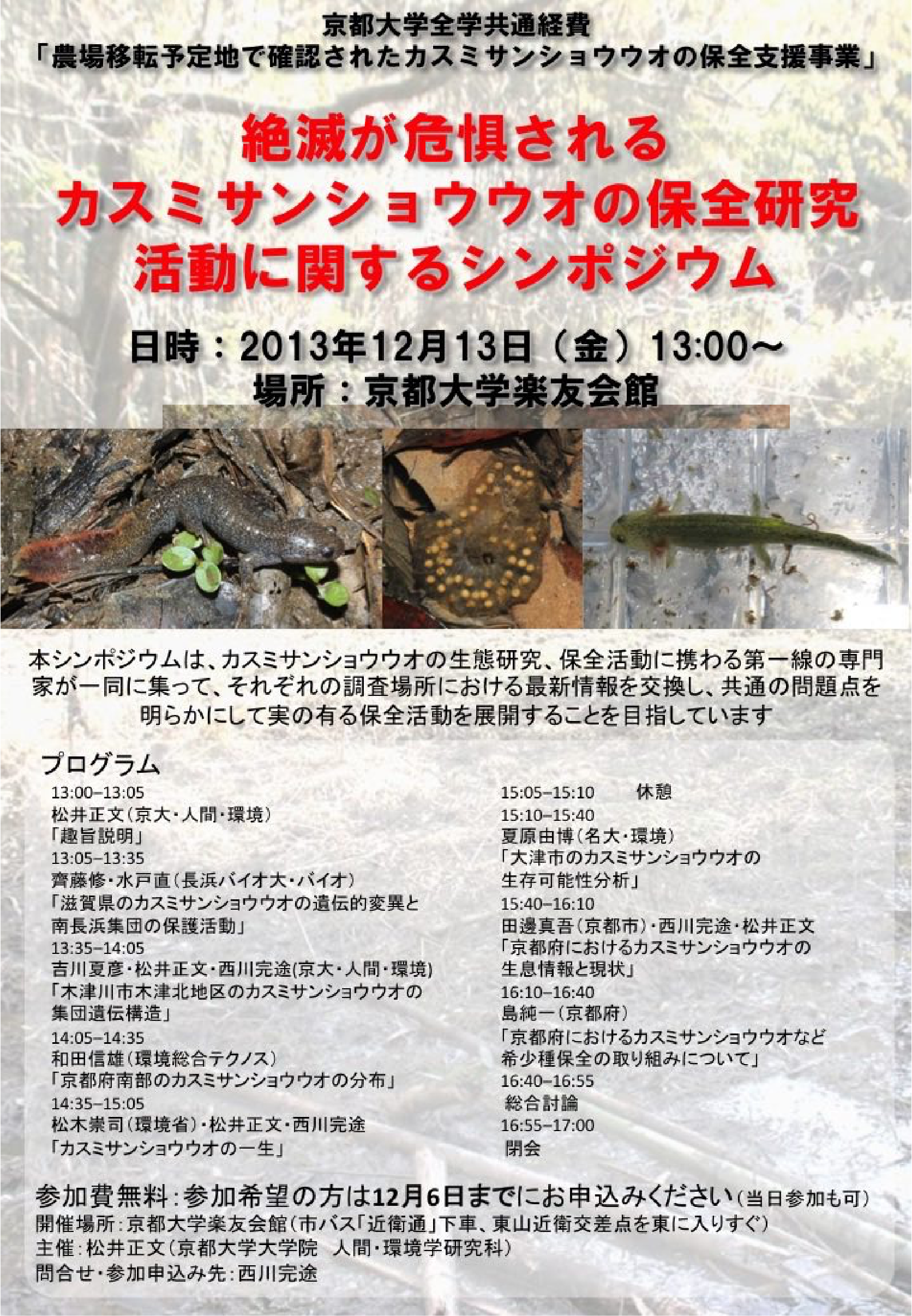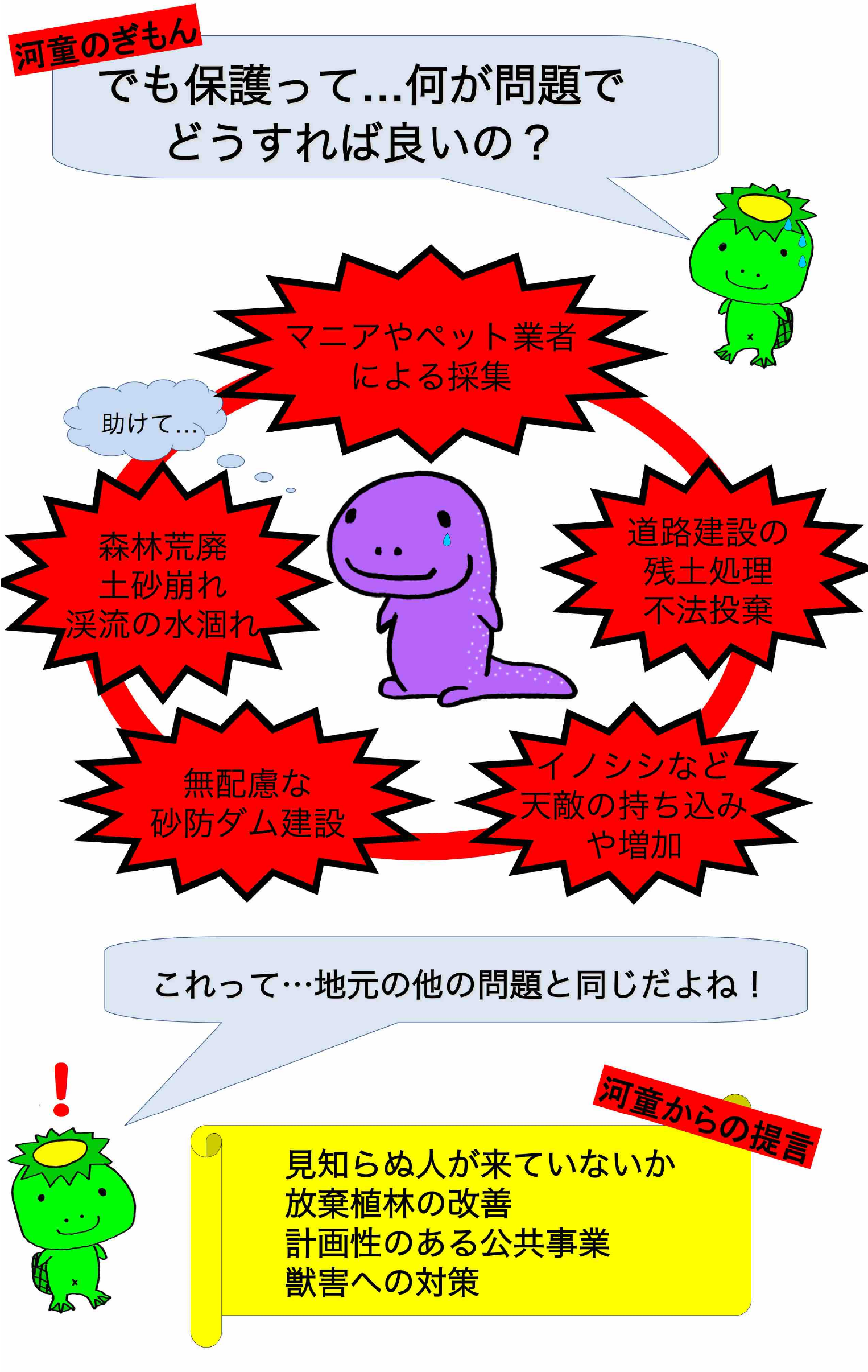Research Activities

We mainly research on the natural history of amphibians and reptiles.
Below is a brief introduction to some of our themes.
Onychodactylus japonicus
Japanese clawed salamander

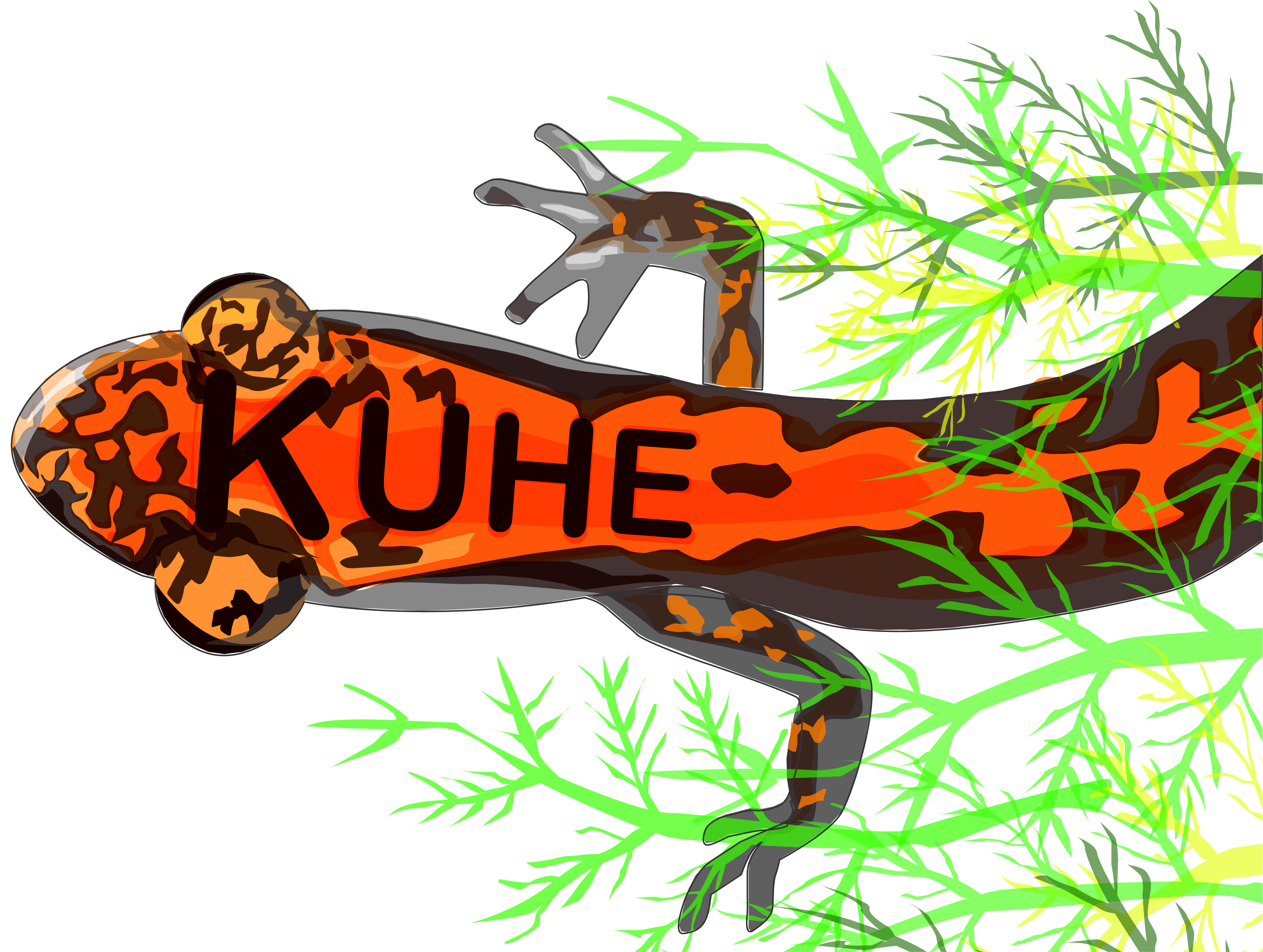
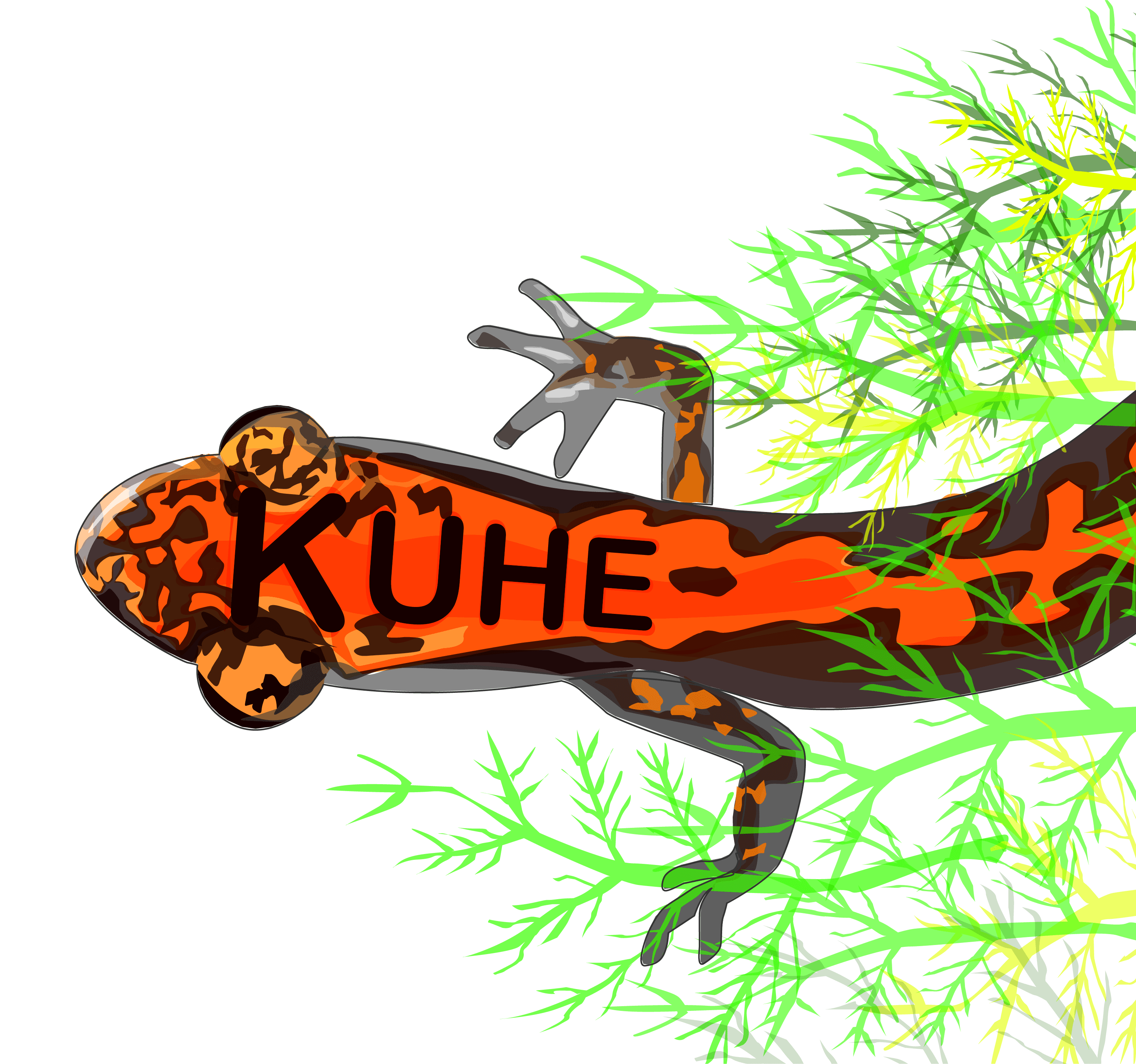
Slide presentation of our laboratory for undergraduate students

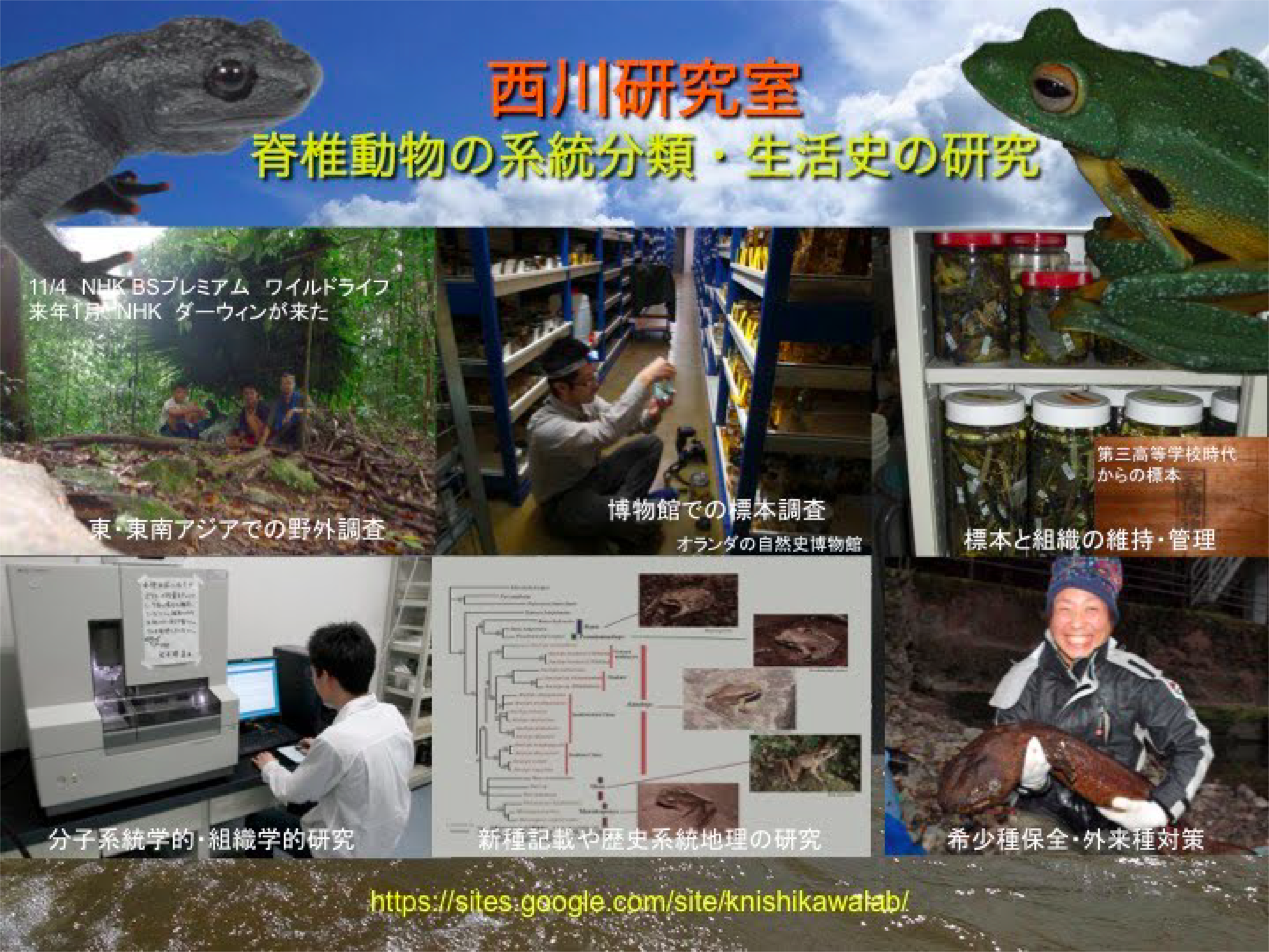
Hynobius guttatus
Mahoroba salamander




Systematics, biogeography, and natural history of the caecilian (salamanders and newts) orders of East, Southeast, and Central Asia

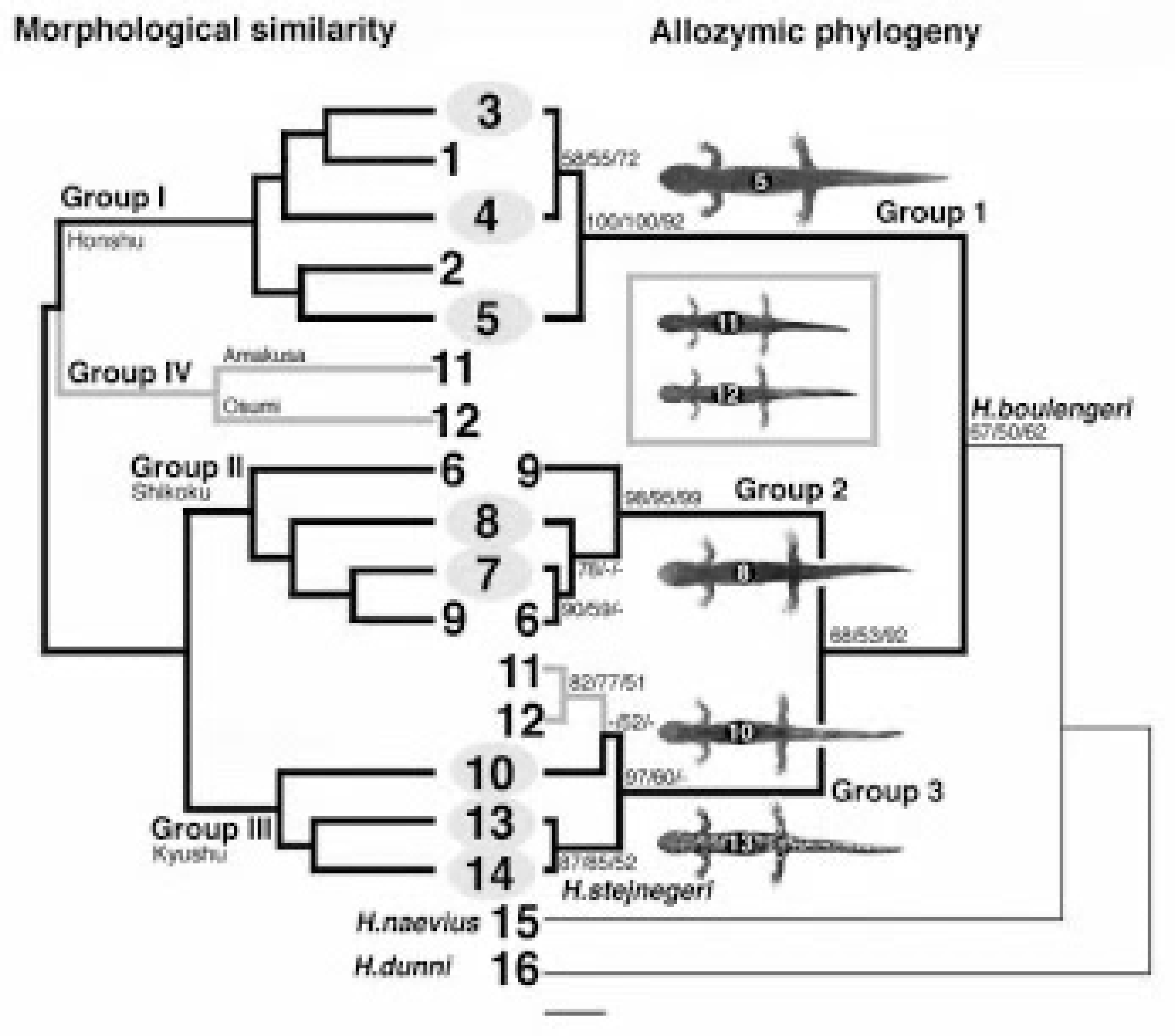
Discrepancies between morphological and genetic variation in the (then) giant tailed salamander species group (Nishikawa et al., 2007)
Various natural history studies on caecilians
We are engaged in various studies on caecilians, including systematics, biogeography, and natural history.
Our main research is on phylogenetic classification as shown in the left figure.
Our main research is on phylogenetic classification as shown in the left figure.
Phylogenetic systematics of the Gymnophiona and Anura (Frogs) of Southeast Asia

Asia's only laboratory of Gymnophiona
Our research focuses on Indochina and Sunda, and it is not an exaggeration to say that there is no other laboratory in Asia that conducts research on aneuploid newts in particular.
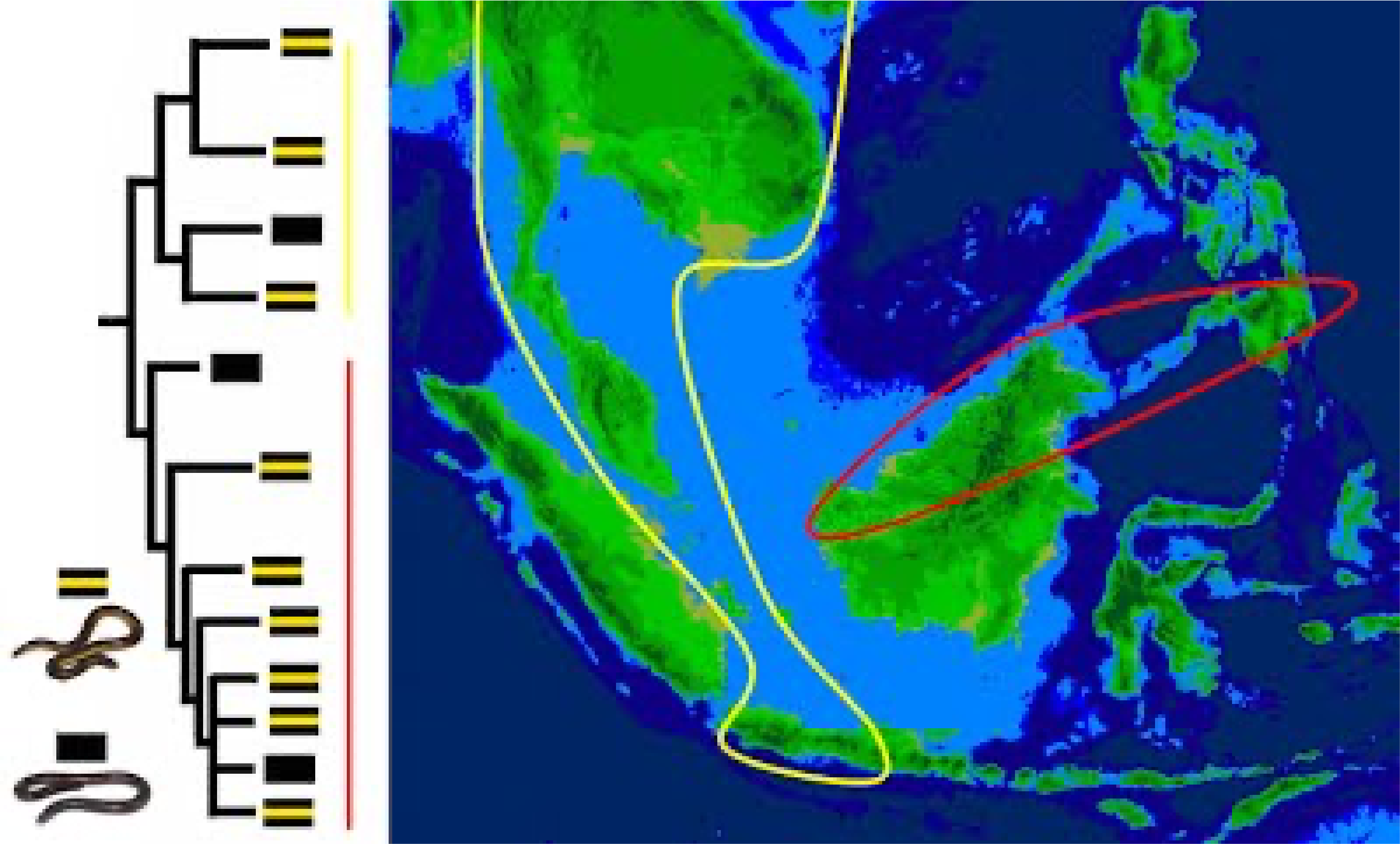
Phylogeography of the family Nudibranchiaceae (Nishikawa et al., 2012)
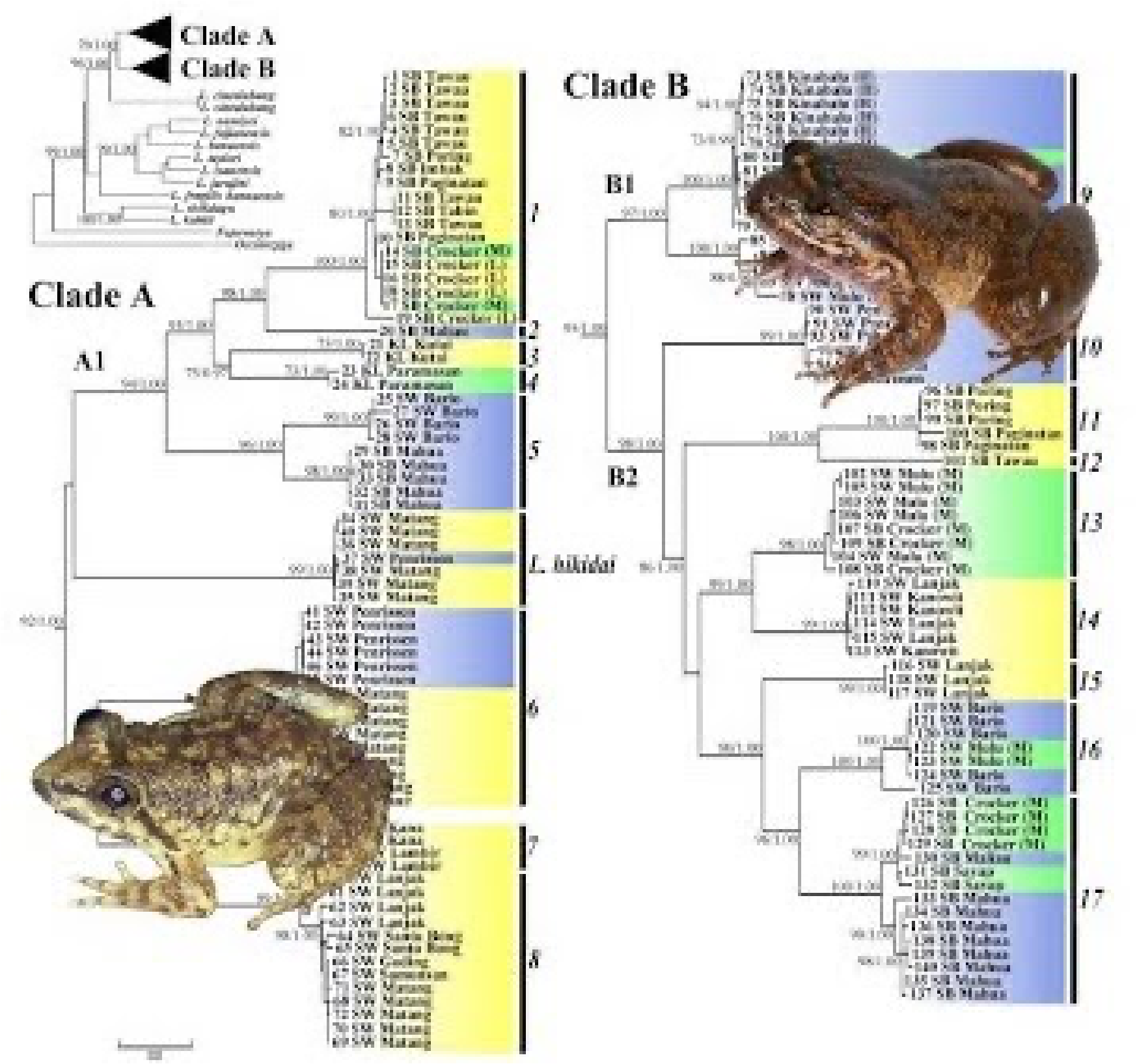
Historical biogeography of the Cool Gael species group (Matsui et al., 2016)
Conservation of the giant salamander and hybridization problems

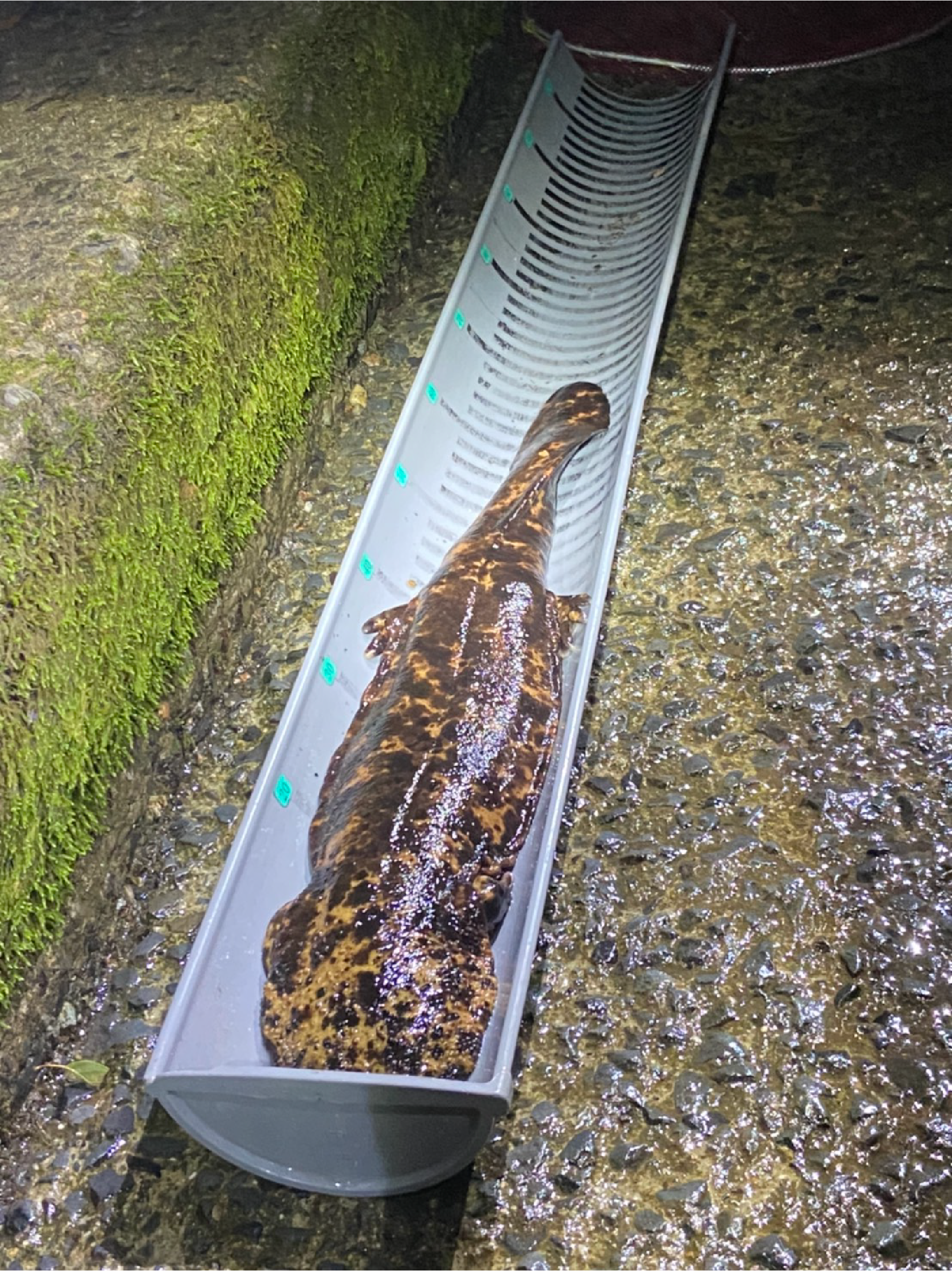
Measurement of body length of Japanese giant salamander
Dealing with the Hybrid Salamander Problem
We are investigating the habitat conditions, ecology, and behavior of the crossbreeds between the Chugoku giant salamander and other alien species found in the Kinki region, developing and improving genetic identification methods, and taking practical measures to deal with the problem. We conduct monthly surveys of hybrids in Kyoto, so please contact us if you are interested. If you are interested in participating, please contact us. We will meet with you to explain about the survey and give you a heads up, and you can participate after signing a survey consent form. We also encourage you to sign up for volunteer insurance.
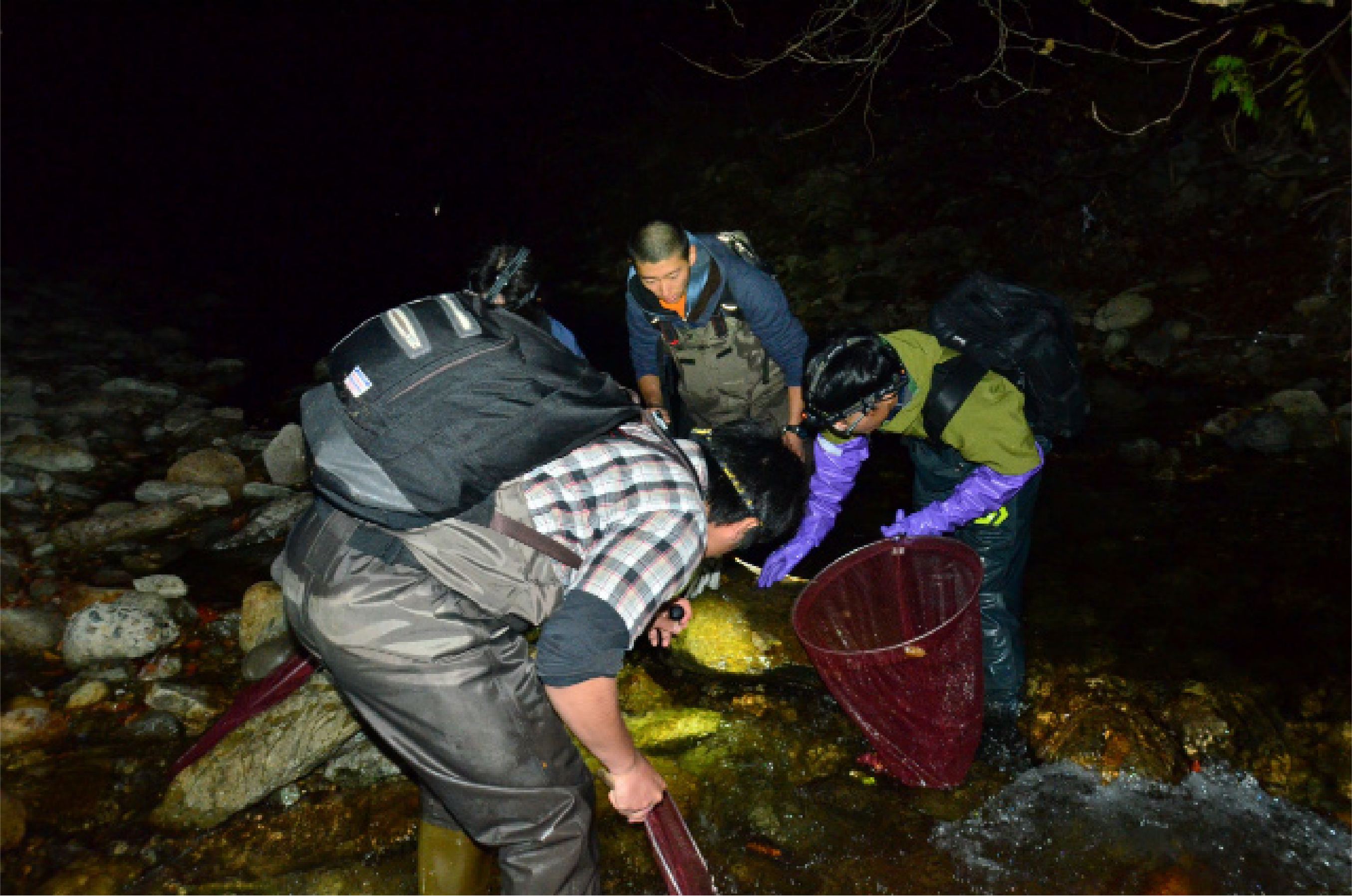
Measuring the body length of a Japanese giant salamander
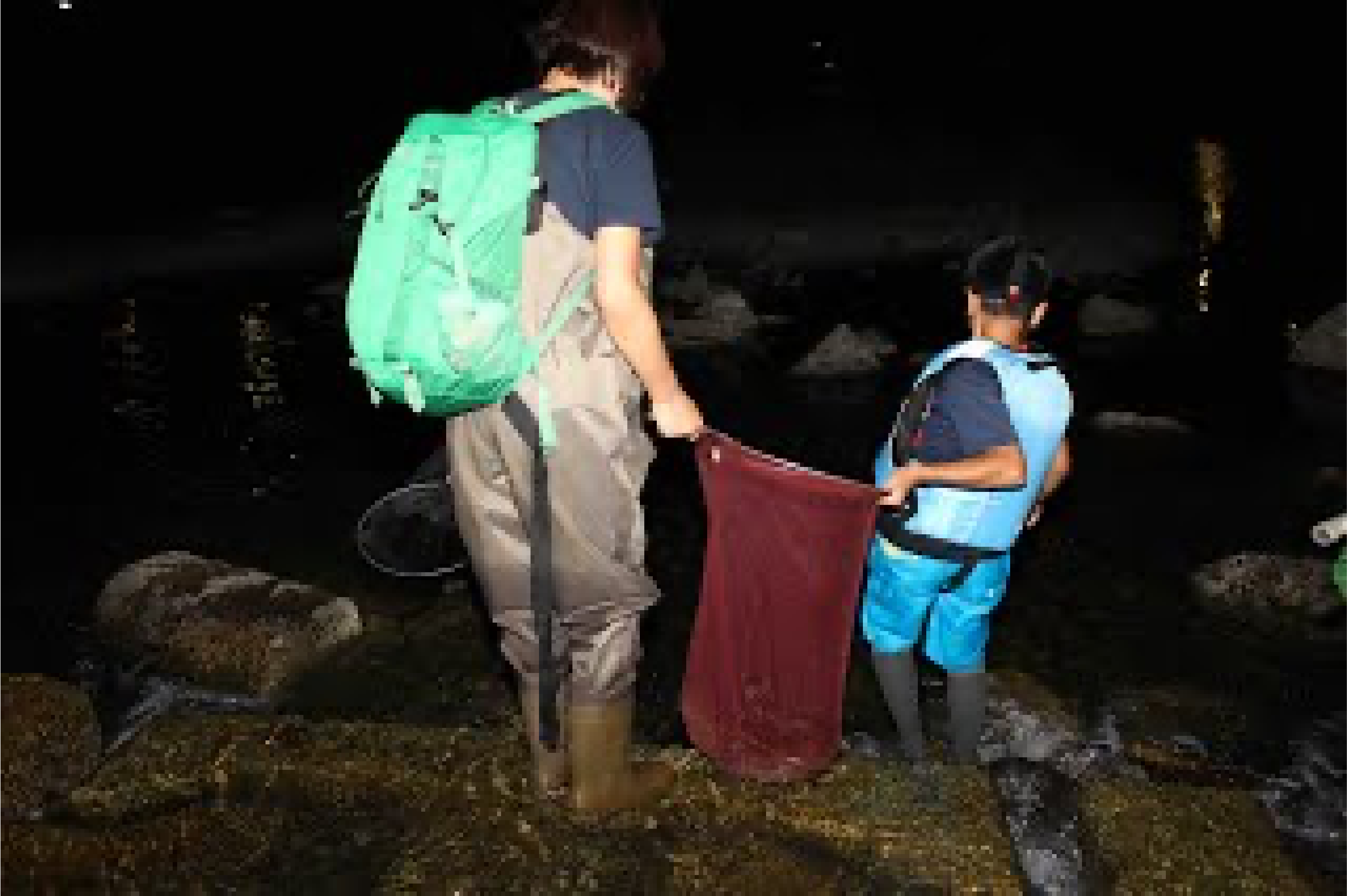
Children and adults alike participate in the camp.
Publications about our laboratory's salamanders
(From the time of Matsui Lab)
Conservation of rare and endangered species


Enhancement of basic research
Without the accumulation of basic ecological and life history data, meaningful conservation activities will not be possible. Therefore, it can be said that basic research is the most important. In our laboratory, we are continuing to conduct steady surveys of distribution and ecology and accumulate knowledge, and we are also cooperating with the national and local governments in creating and revising RDBs.

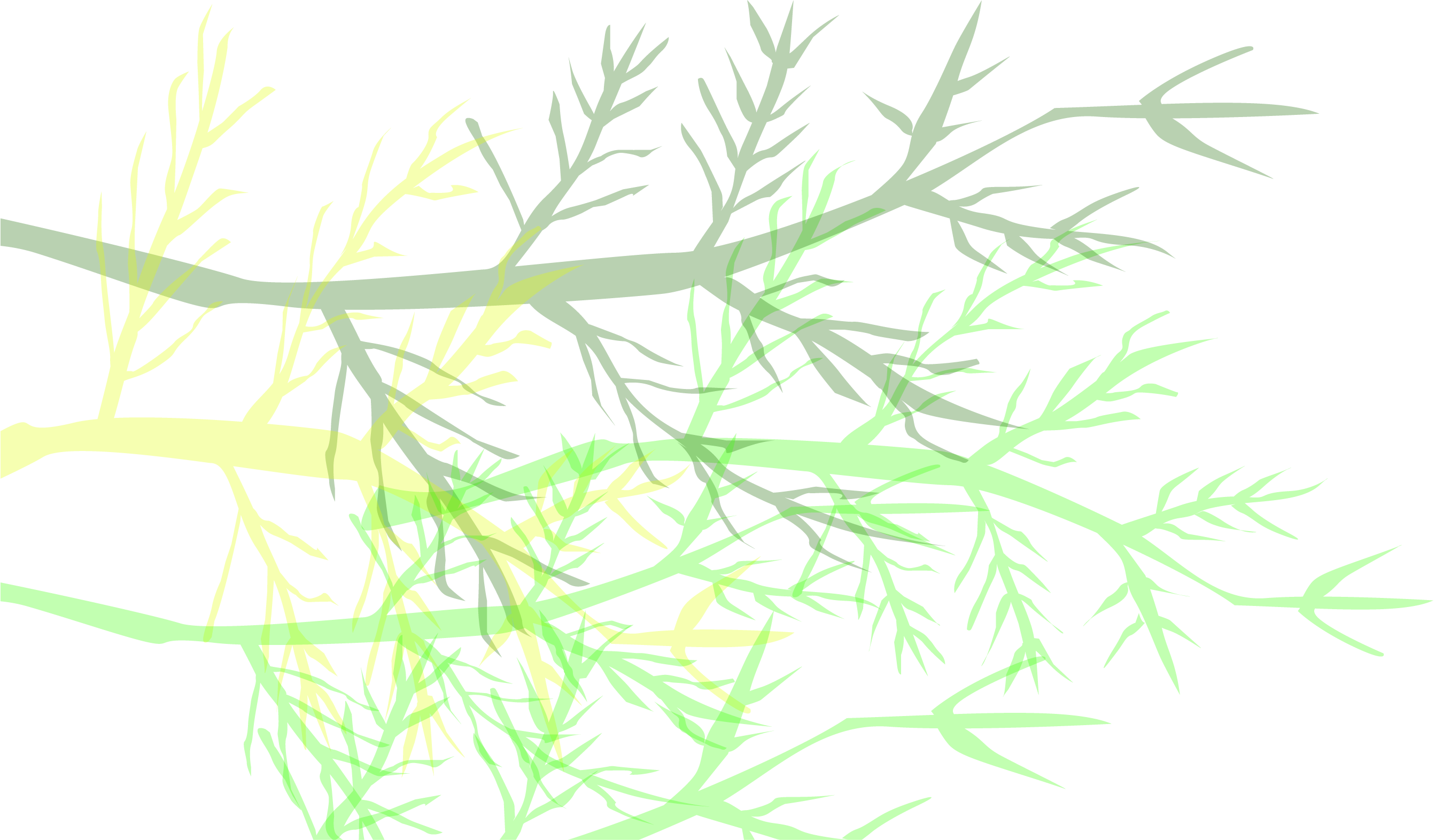

Conservation for Hynobius nebulosus in the Kinki region
We are conducting basic life history and ecological surveys and monitoring of populations in the vicinity of Kyoto from the university campus.
Conservation of the Amakusa salamander
With the Kyushu Society and Amakusa Society for Nature Study, we work on conservation measures to designate habitats for protection and natural monuments. We also patroll habitats under a project of the Ministry of the Environment.

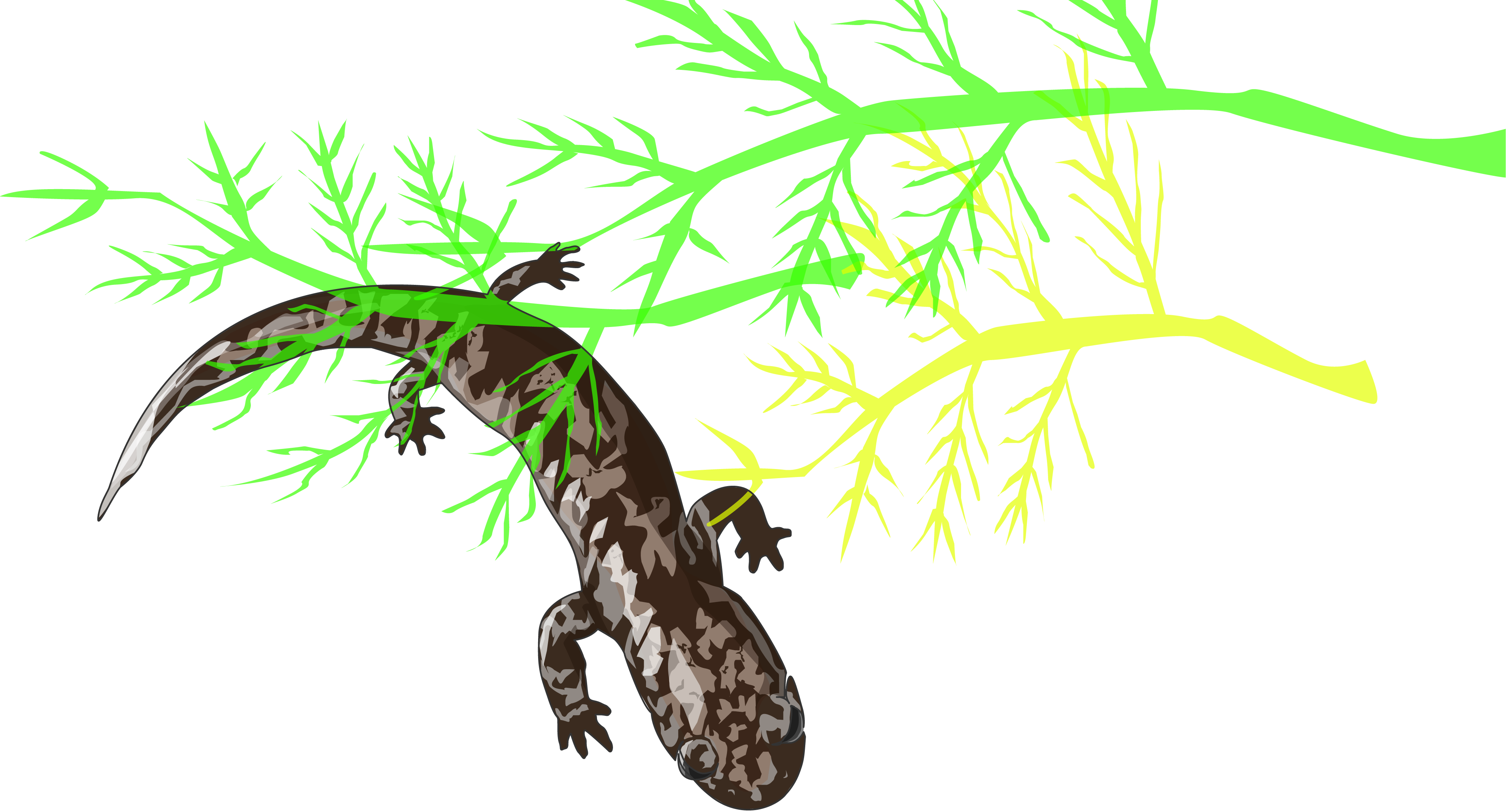
Hynobius guttatus
Mahoroba salamander

Access

Kyoto University Yoshida Minami Campus
Please inquire before visiting.
Click here for information on transportation.
